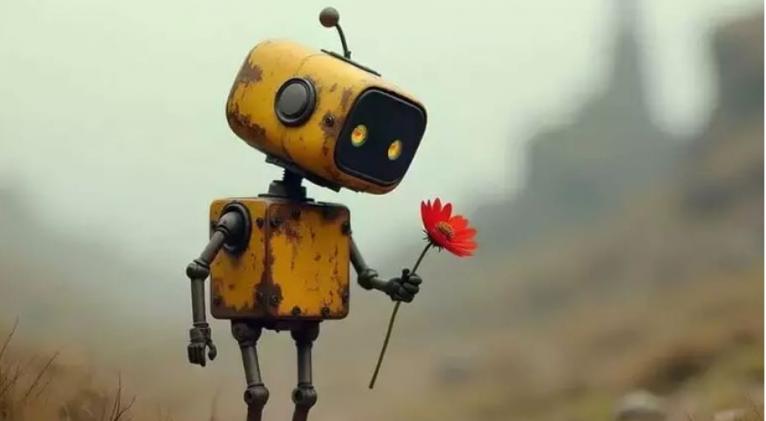
USA, June 11 – Artificial intelligence-based systems like ChatGpt can't truly understand what a flower is or what it represents to a human being. The problem is that everything chatbots know comes from words and, in some cases, images, and this information can't compensate for the lack of direct experience—the ability to smell, touch, or walk through a field full of flowers.
This is according to a study published in the journal Nature Human Behavior and led by Ohio State University, which compared how AI and humans view the world around us.
The researchers, led by Qihui Xu and Yingying Peng, started with more than 4,400 words, from "flower" to "humorous," and tested two families of state-of-the-art systems: OpenAI's ChatGpt 3.5 and 4, and Google's Palm and Gemini language models.
To test the close correlation between the language models and the humans in their evaluations, both were asked to rate a concept's ease of mental visualization and its emotional stimulation, and then the close connection between a concept and the information that can be obtained about it through the senses or actions.
The language models performed well when representing words unconnected to the senses, but failed when representing words closely linked to sensory perception. "Large language models learn what they know by assimilating large amounts of text," Xu says, "and yet they cannot grasp some concepts in the same way as humans."
"Human experience," the scientist observes, "is much richer than words alone can contain."
The study's authors emphasize, however, that linguistic models are constantly improving and are therefore likely to progress in this field as well, especially if they are enriched with data from external sensors that allow direct experience of the objects. (Text and Photo: Cubasí)